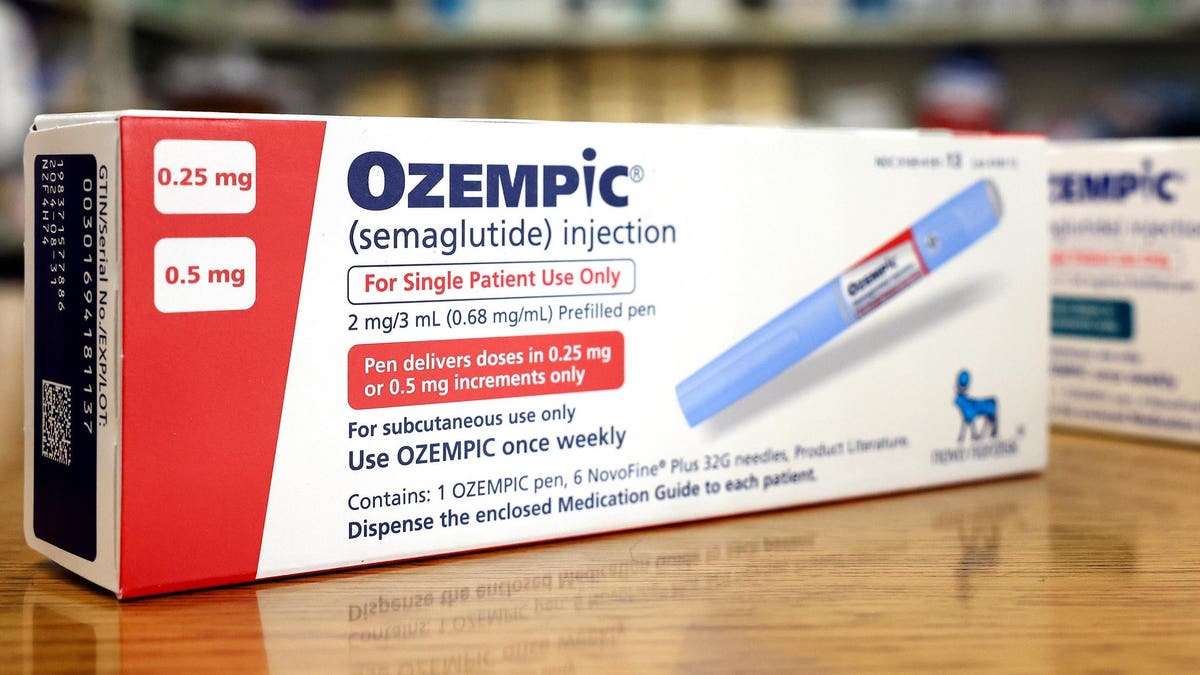Dying younger. Living harder. Going broke. It is difficult to overstate the longitudinal effects of excess weight in America.
An estimated 7 in 10 Americans are overweight or obese. The combination, according to the National Institutes of Health, results in an estimated 300,000 preventable deaths per year with extreme obesity lowering life expectancy by 14-years on average.
Added weight not only makes everyday life more difficult, but it also produces serious health consequences that include cardiovascular disease, diabetes, musculoskeletal disorders and cancer. And, in total, obesity costs an estimated $260 billion annually in inpatient and outpatient care.
Whether weight gain is caused primarily by genetics, societal influences or individual will, scientists aren’t altogether sure. What’s clear, however, is that most efforts to lose weight ultimately fail. Calorie counting and exercise programs can help short term, but most dieters regain nearly all lost weight within a few months—even with help from America’s $150 billion diet industry.
New hope in diabetes drugs
Americans from all walks of life are struggling to lose weight and keep it off. Washington Post opinion editor Ruth Marcus was among them. In a fascinating op-ed, she detailed her weight-loss journey.
Marcus, like many Americans, long endured rude comments about her weight. She dreaded the daily ritual of getting dressed and hid from the camera in social situations. But two years ago, life began to change.
“As I write this, I have lost 40 pounds, an astonishing quarter of my body weight,” her column read.
The weight has stayed off, too, thanks to Ozempic, a once-a-week injectable drug originally designed to help patients with diabetes. It works by stimulating the pancreas to produce more insulin, thus helping control blood sugar.
Ozempic, one of a new class of medications, has also been shown in studies to spur significant weight loss. The others include Mounjaro, Rybelsus and Wegovy with several new (and convenient, pill-based) options in development.
Though they vary slightly in chemical makeup, these drugs all carry the label glucagon-like peptide-1 or GLP-1, an endogenous peptide that has been shown to slow stomach emptying and trick the brain into thinking the stomach is full.
A heavy price for weight loss
Last year, more than 5 million Americans were prescribed one of these drugs for weight reduction.
The annual price of treatment ranges from $12,000 (Mounjaro) to upwards of $16,000 per year (Wegovy). As a result, most users are either wealthy or have generous health-insurance coverage.
But insurers have started clamping down on “off-label prescriptions” as more Americans seek these medications for moderate weight loss, not diabetes. Several private insurance companies have sent threatening letters to doctors, warning they’ll be referred to state regulatory and licensing boards for wrongly prescribing the drug to non-obese, non-diabetic patients.
The Ozempic paradox: highly effective but unaffordable
Ozempic and other medications that help with weight loss are part of an ongoing national debate in which two competing truths collide.
The first truth is that these drugs work like nothing has before. GLP-1 treatments lead to significant and sustained weight reduction: 14 to 25 lbs. per individual on average during the medication course. While these drugs aren’t effective for everyone, and some individuals experience very unpleasant side effects, there’s now an unprecedented opportunity to fight obesity on a national scale and reduce the likelihood of heart attack, stroke and cancer.
The second truth is that, despite the medical opportunity at hand, making these drugs available to all 100 million obese American adults would prove cost prohibitive for businesses, private insurers and the government.
Though the medications could drastically rollback the nation’s $260 billion in obesity-related medical expenses each year, prescribing them as priced today would cost more than $1.5 trillion annually—increasing U.S. healthcare expenditures by as much as 25%.
What’s more, GLP-1 medications are considered “forever drugs,” requiring users to either maintain their dosage or regain most of the weight they lost.
Patients, payors and government regulators are overwhelmingly in favor of having insurance cover the cost of Ozempic for patients with diabetes. But when it comes to prescribing GLP-1 for weight loss, opinions differ. Insurers are eager to draw a line between those seeking prescriptions for appearance’s sake and those at heightened risk of disease or death. They’re happy to cover the latter but, as with cosmetic surgery, insurers believe patients should foot the bill for the former.
Lost in this debate is an important question: Why not figure out how to make these lifesaving drugs broadly available and affordable?
The U.S. government can lead the way
With up to half-a-million obesity-related deaths each year, the magnitude of the problem qualifies as “epidemic” and justifies forceful government intervention. The current administration, with congressional approval, could initiate a nationwide campaign to fight obesity similar to Operation Warp Speed (OWS).
Starting in 2020, OWS brought the public and private sectors together to accelerate the development, manufacturing and distribution of Covid-19 vaccines. Fueled by a $10 billion upfront investment, the operation helped companies produce several safe and effective vaccines far faster than anyone initially expected. As part of the program, the government purchased more than 1 billion doses at one-third the cost of the vaccine’s current list price. More than a dozen drugmakers participated, signing contracts contingent upon their success.
Here’s how the current administration could replicate OWS to fight the obesity epidemic without breaking the bank:
Operation: Slim Provisions
Working across multiple departments, including the NIH and FDA, the government would invest $4 billion up front, twice the average R&D cost to bring a new drug to market.
Given the number of safe and effective GLP-1 medications already manufactured (semaglutide and tirzepatide) and others likely to become available soon (orforglipron and retatrutide), it’s probable that an entrepreneurial pharma or biotech company could research, develop and patent a rival medication within a couple years.
In return for government funding, the company that successfully develops a safe and effective weight-loss drug would be required by contract to sell that medication back to the government for $40 per dose (or $2,000 per patient/year), significantly below the retail price of competing drugs. This would be similar to OWS.
Government-sponsored health programs, Medicaid and Medicare, would make the medication available to all obese enrollees (roughly 60 million people) for 10 years to start.
The winning drugmaker would benefit financially, earning up to $1.2 trillion in sales over the contract’s lifetime without having to shoulder R&D costs. Meanwhile, by providing the drug to more than half of all obese adults, the program would reduce medical expenses by up to $130 billion annually or $1.3 trillion over 10 years, making the effort cost-neutral for the U.S. government.
It would simultaneously usher in tremendous public-health benefits with a positive ripple effect throughout the U.S. economy.
Risks vs. benefits
Of course, we can expect such a program to spark outrage from small-government advocates and legal challenges from drug manufacturers. But when pharma companies abuse patent laws and hold the nation hostage to egregious drug prices, they should expect the federal government to step in and put innovative solutions in place.
The only financial risk to the government (outside of defending likely lawsuits) is failing in its search for a new drug, thus wasting $4 billion of taxpayer money.
But that’s a relatively insignificant sum compared to the potential healthcare benefits and financial tailwinds. Medicaid patients who are struggling both medically and financially today would have the opportunity to reverse obesity and improve their health status. Obese people who today qualify for disability benefits may be able to re-enter the workforce in the future. If successful, this approach would generate millions of dollars for state governments to invest in education, infrastructure and public safety. Finally, including Medicaid beneficiaries at the start the program could go a long way toward reducing income-based health disparities in the U.S.
The role of government is to protect the health and financial well-being of the nation. Fulfilling that function led to a lifesaving Covid-19 vaccine. Doing so again is the best option our nation has to address the growing obesity epidemic Americans face.
Read the full article here





